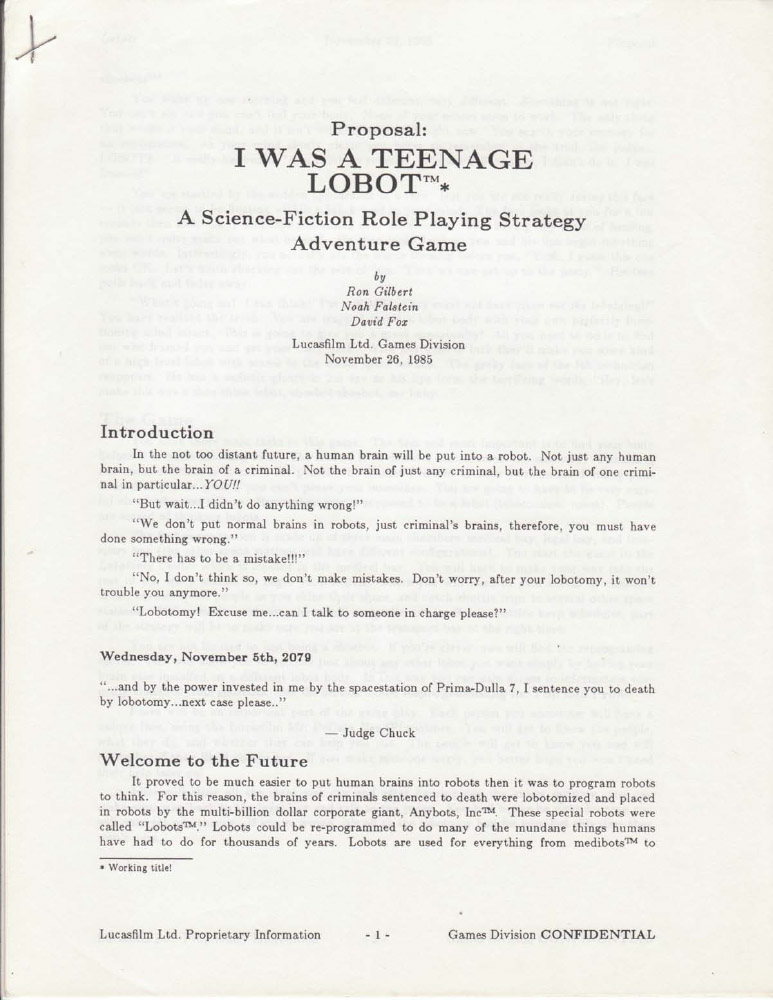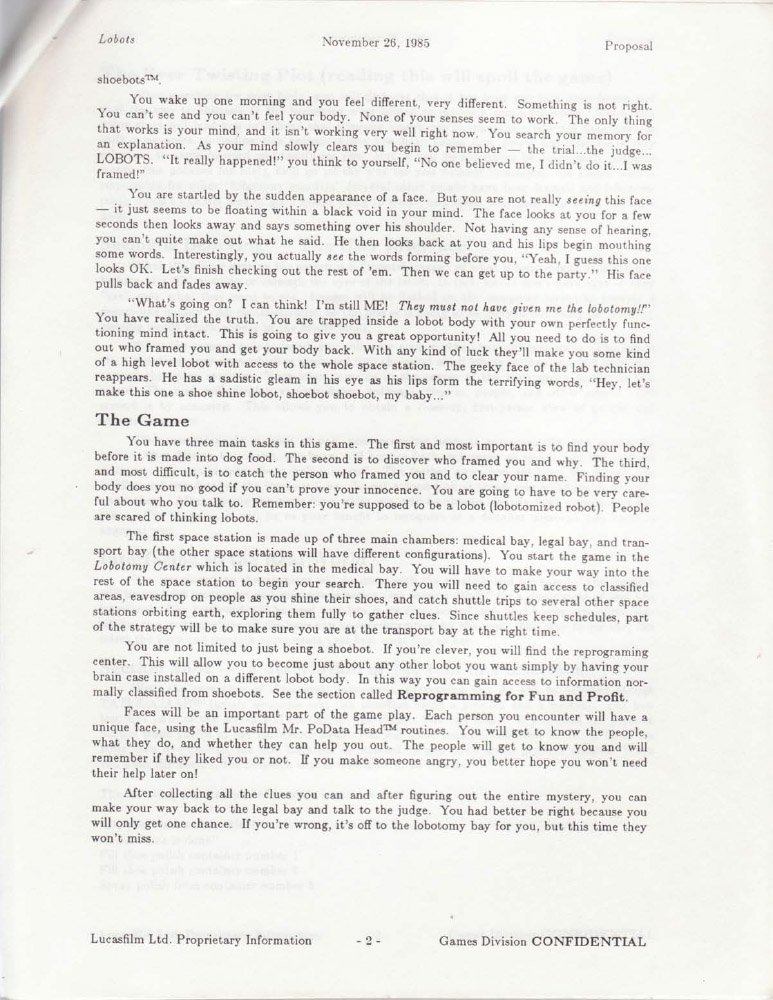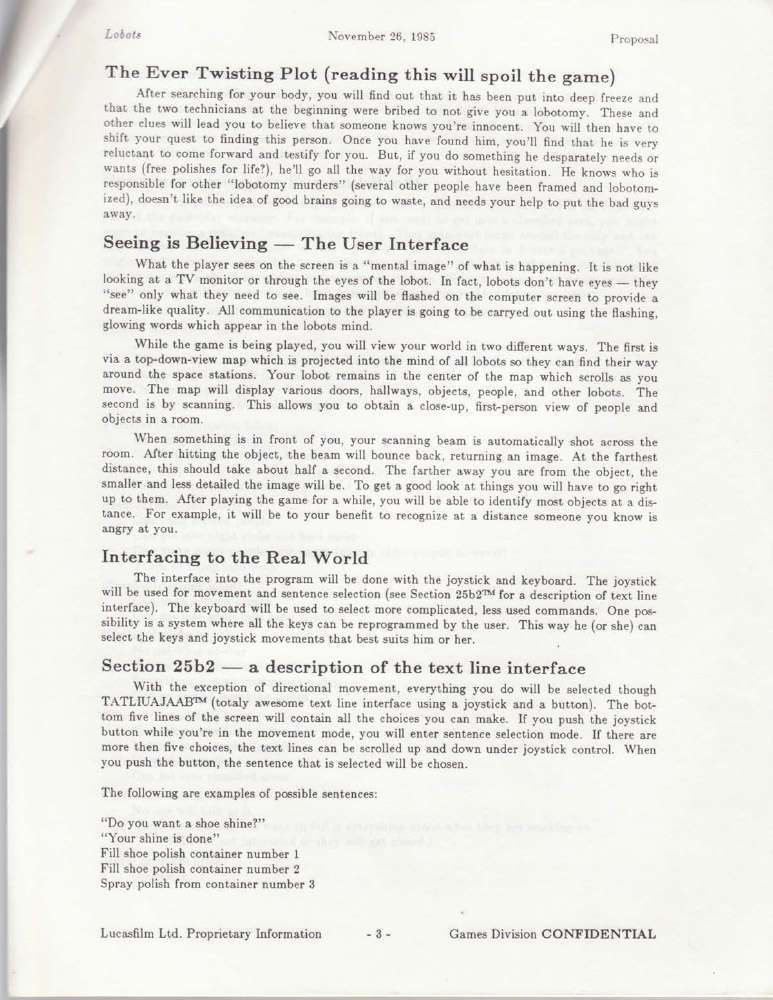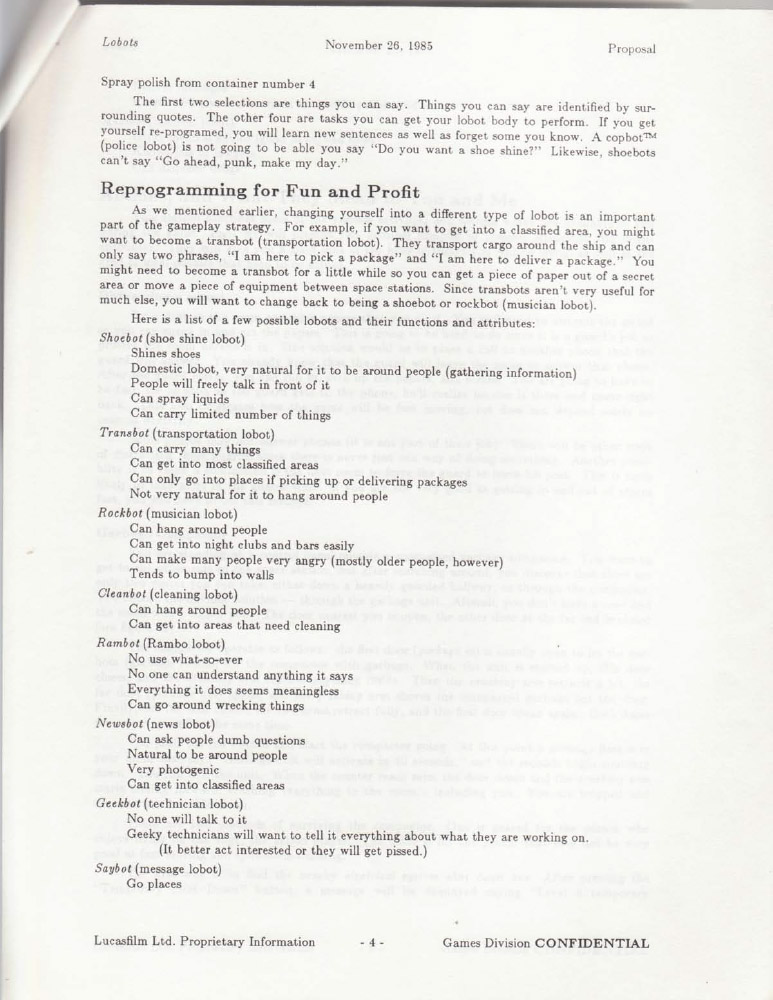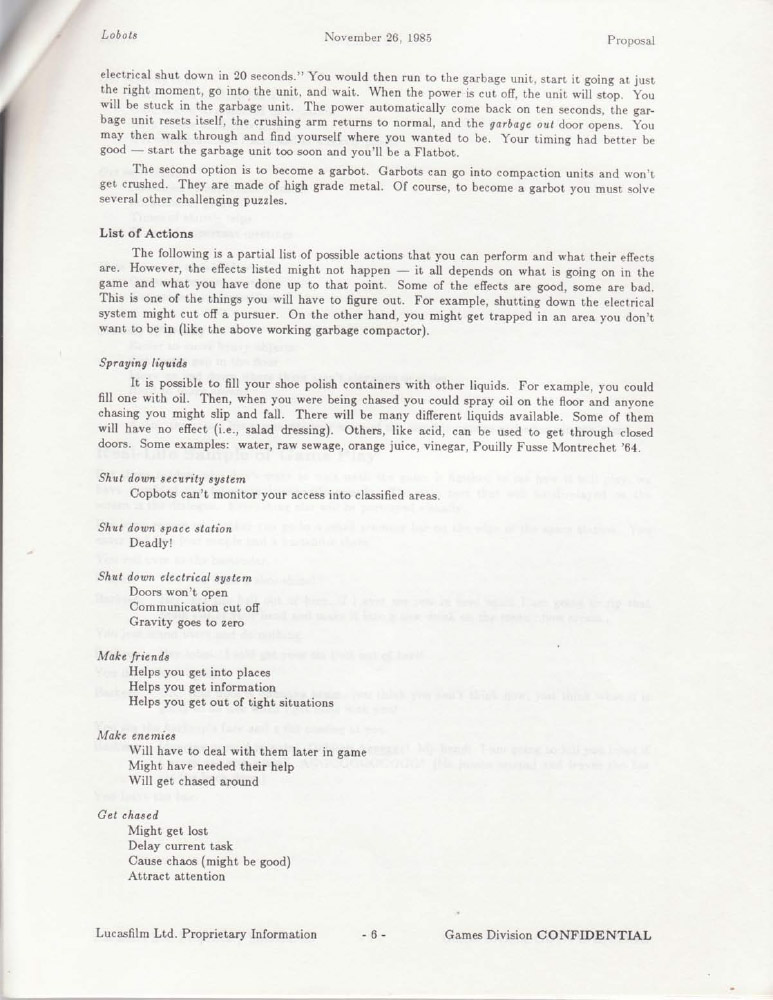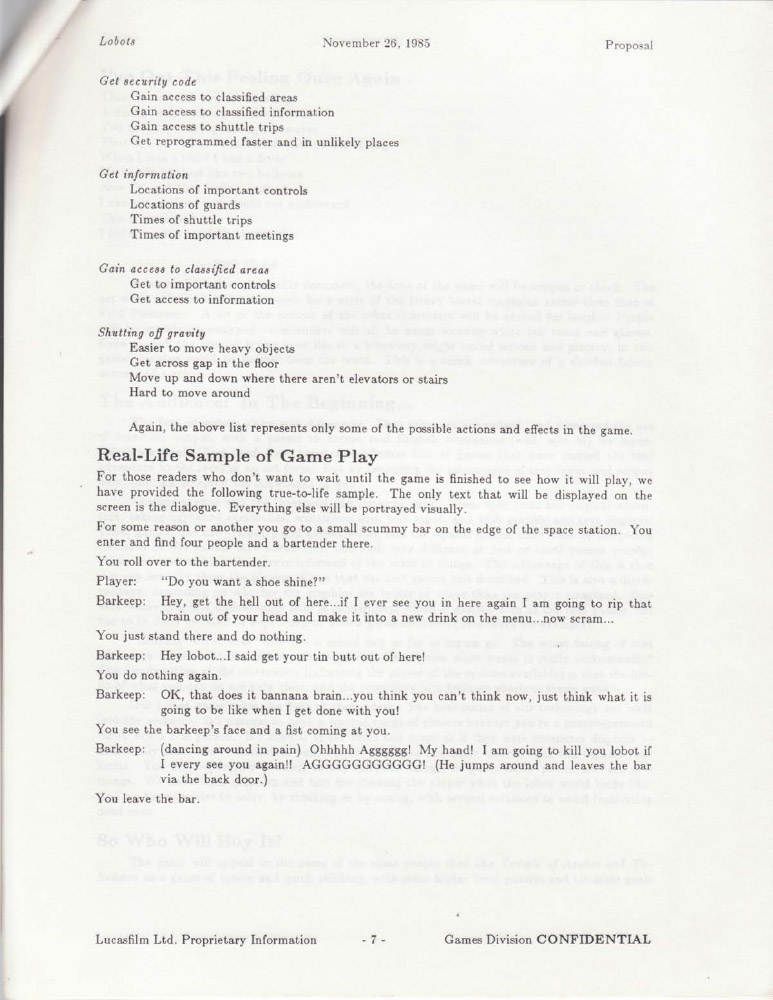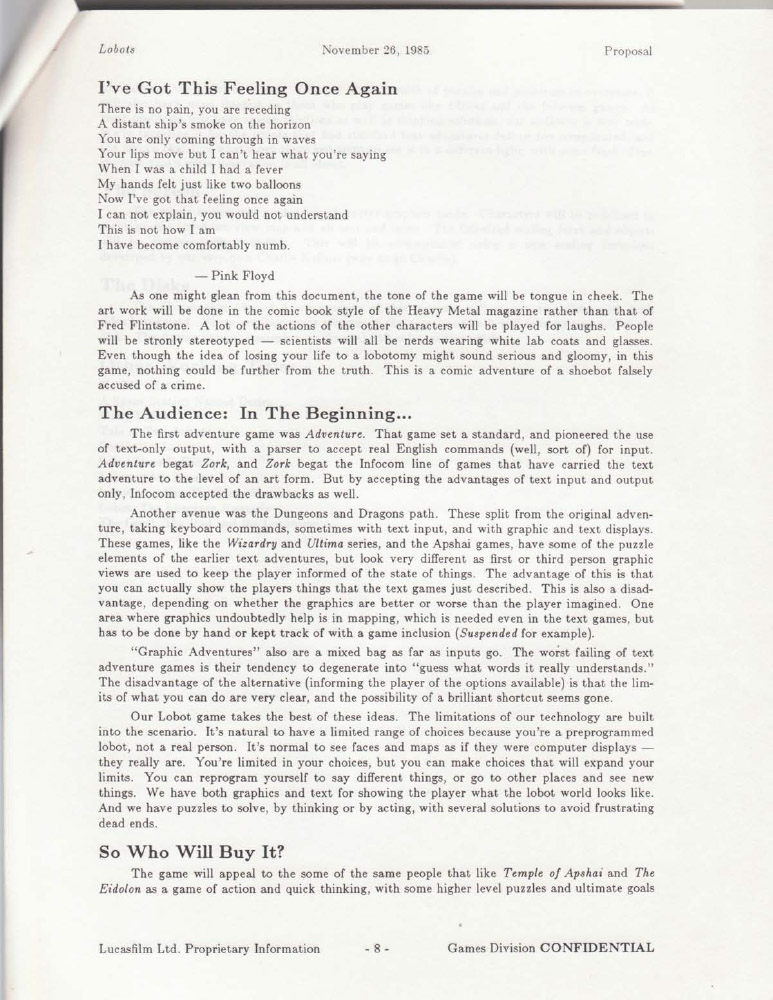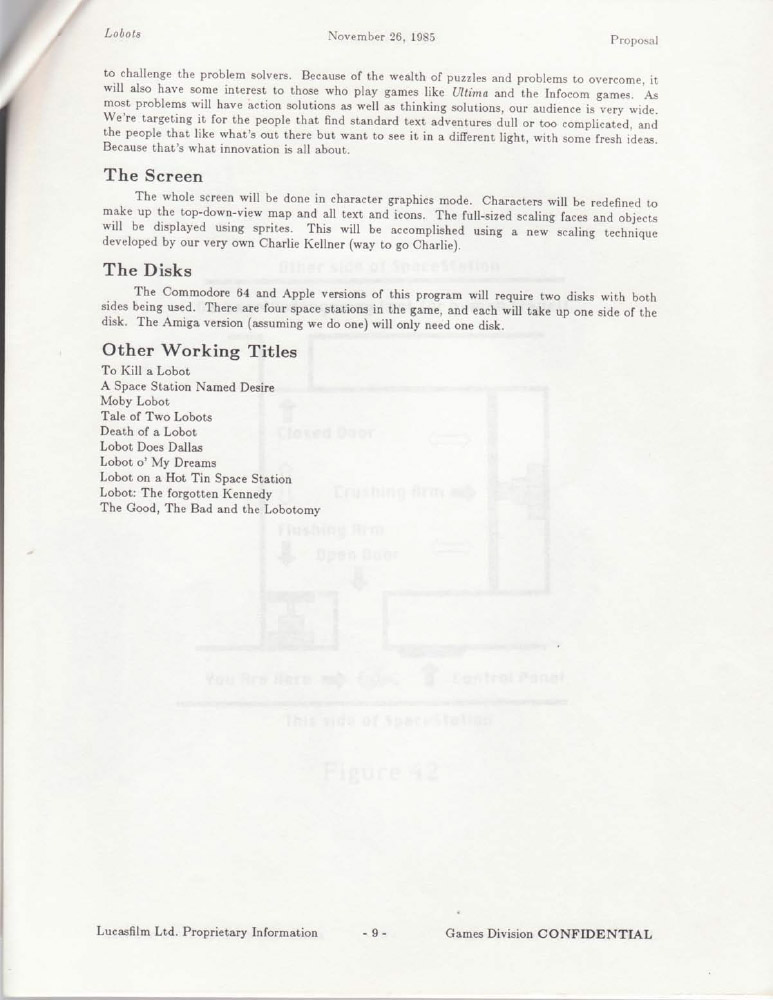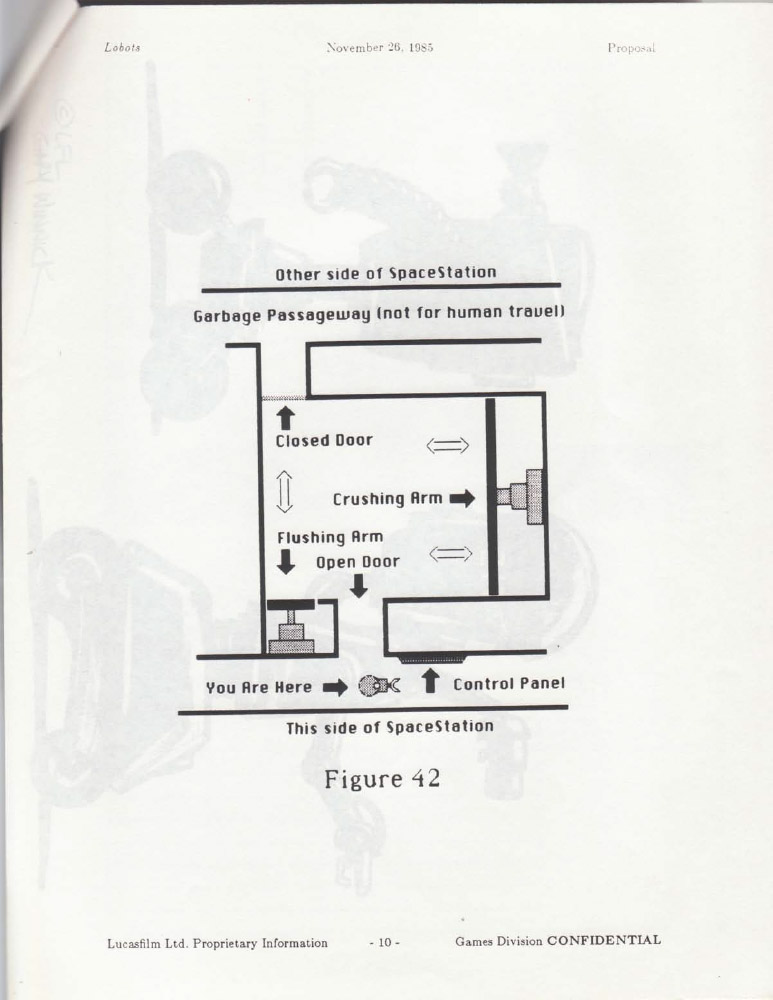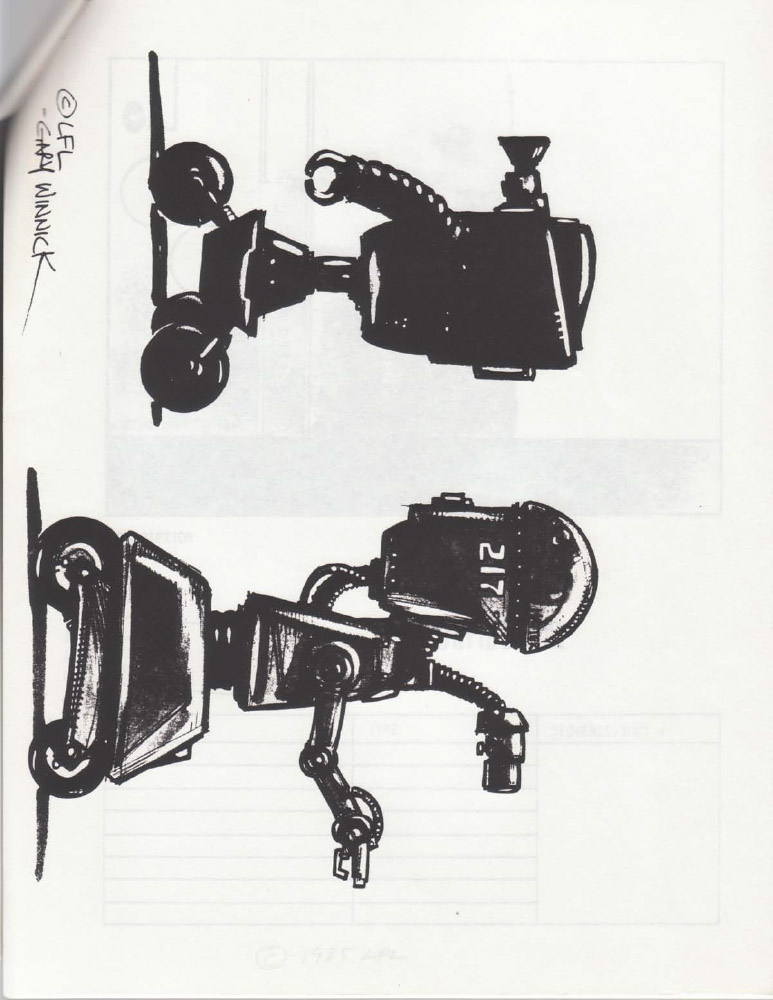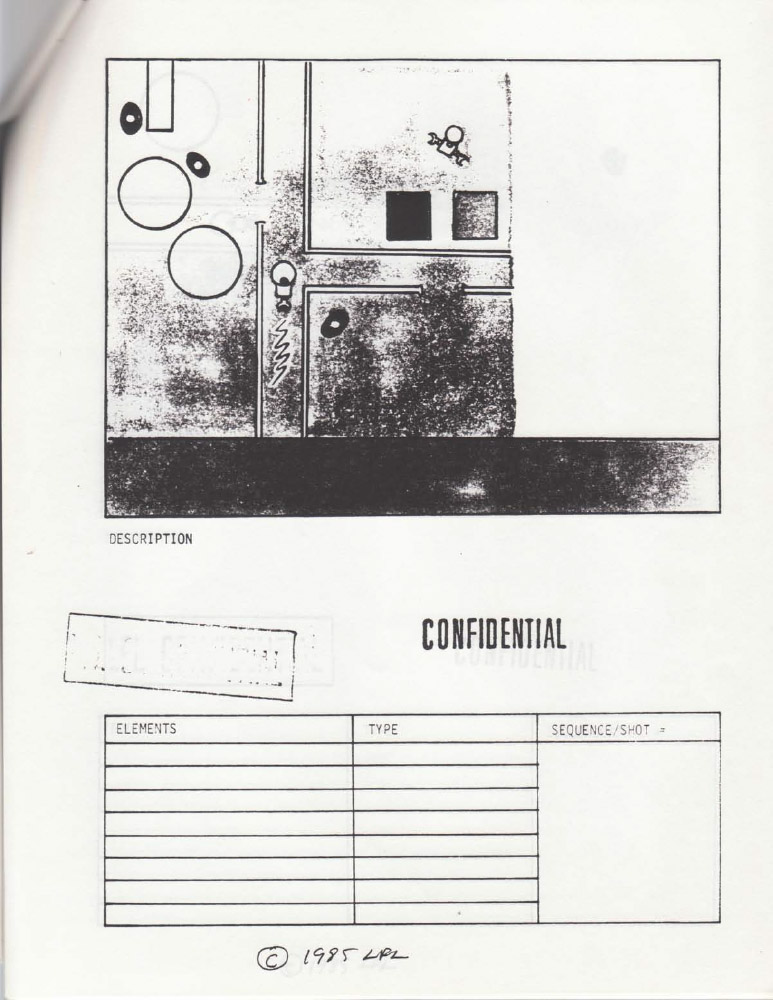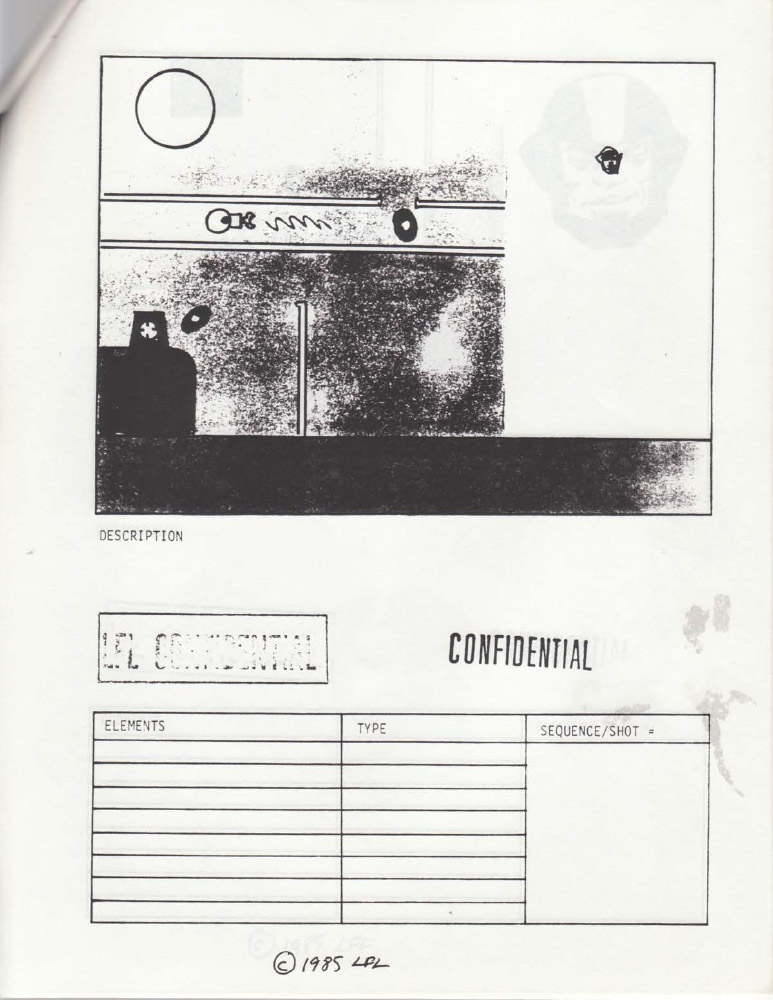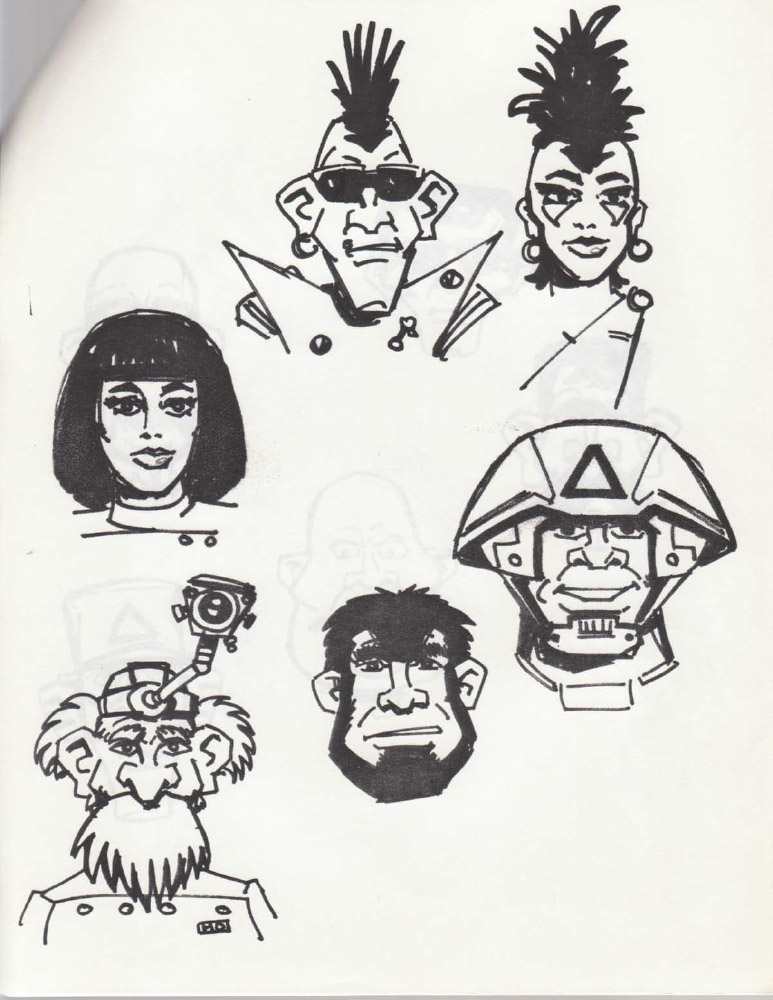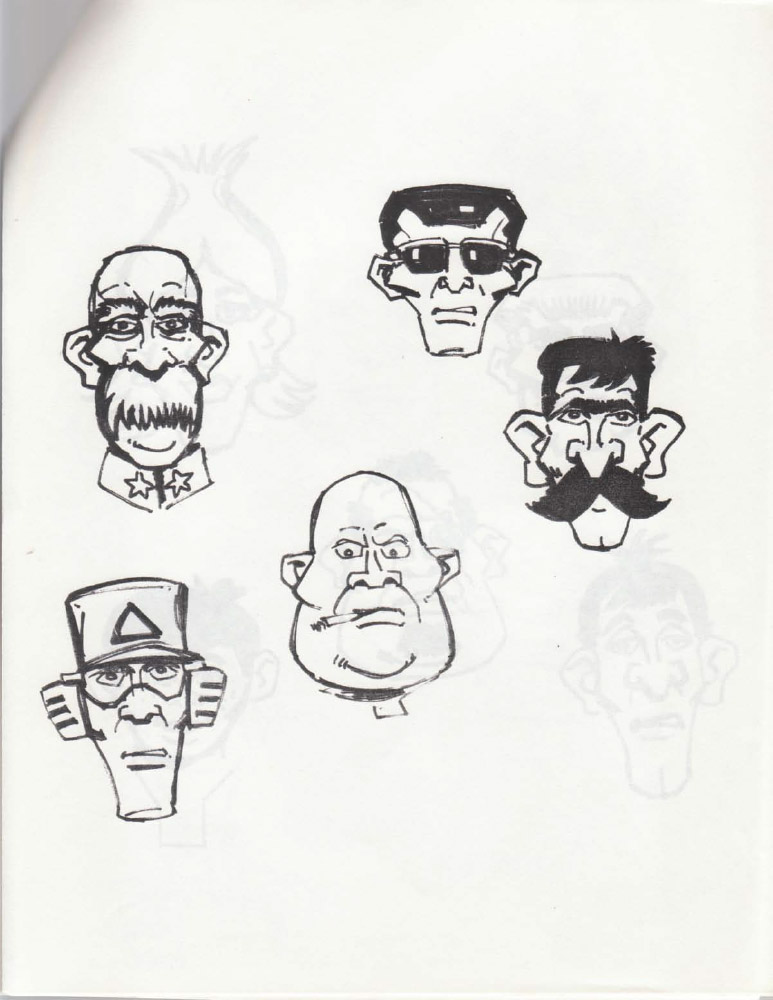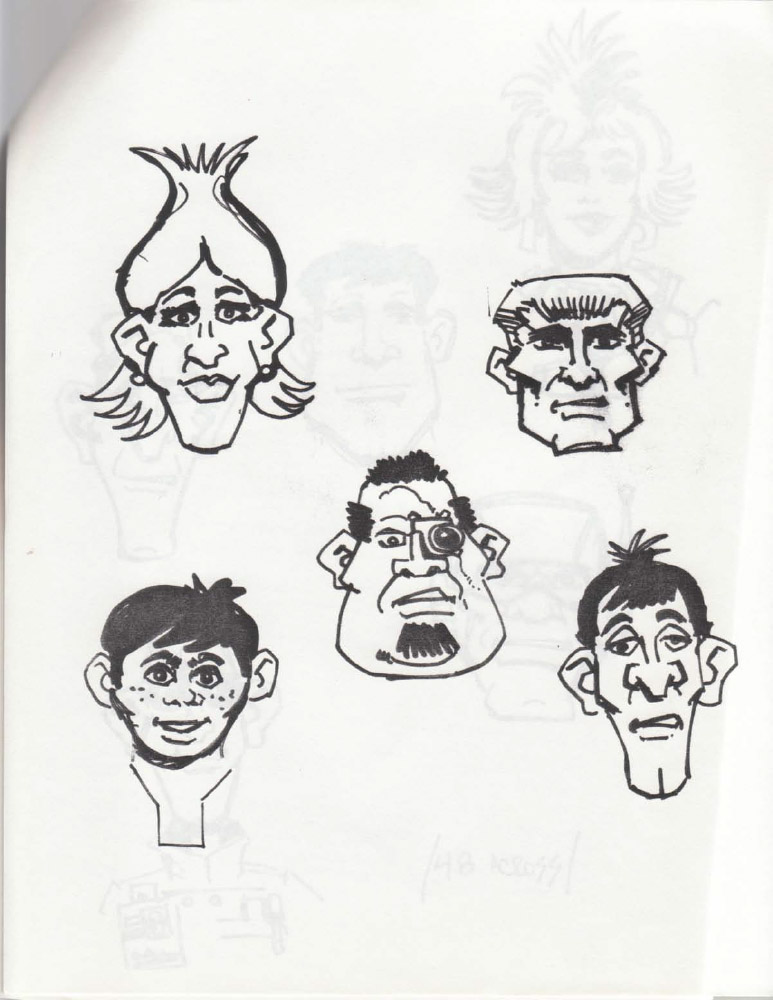


Clayton and I did this back in Dec of 2004. Interesting how much hasn’t changed. I might have more “male” spouses now, something about loot crates, and maybe change the last verse to be more “indie”, but it’s shockingly accurate 13 years later.
A poem by Gilbert and Kauzlaric
On the twelfth day of crunch time, My project gave to me…

Twelve cents in royalties,

Eleven kiss-ass previews,

Ten nerdy testers,

Nine patent lawsuits,

Eight unplanned for features,

Seven frames a second,

Six angry spouses,

Five focus groups!

Four unstable hacks,

Three days without sleep,

Two surly artists,

and a crappy publishing deal.
You can find me on Mastodon and follow me there, if you want. It’s 100% optional (at least until the GOP 2018 tax bill is in effect).
I’ll give it a few weeks, but I’m not sure it really solves my issues with social media. I guess it depends on how many people use it. Not enough and it’s boring and pointless. Too many and it’s Twitter all over again.
I do think Maston has a huge “on boarding” problem. It’s very confusing and the idea of separate instances just makes it worse. My name (grumpygamer) is only unique on my server, anyone else can create that username on any number of servers and there is no way for you to know.
I think this is a recipe for disaster. It would have been nice if they had created some kind of repository for usernames. I know this goes against the “distributed” nature of the service, but to all but the technically elite, it’s confusing. Mastodon even recommends using keybase to verify your identity, that’s a nice idea, but why isn’t it built into the service? How many people even know what keybase is?
How do I find people? Is there a central place to search for users? If there is, I can’t (easily) find it. I wasn’t even sure the url for link to my account, I just guessed. This should be on my account page. Discovery is going to be a issues.
Today is the winter solstice, my favorite day of the year. It will be the darkest day of the year and that’s OK by me. I’m a winter person, not a summer person. I like the cold and I like the dark. It feels cozy. The summers in Seattle can be light until 9:30pm, in the winters, it’s getting dark at 4:30pm. I also like Christmas, not for the joy of giving, peace on Earth and all that rubbish, but because of Christmas lights and they work best at night. I wish it was night all the time and everyone had Christmas lights up year round. But that’s just me. You’re free to be wrong.
Went on vacation a few weeks ago. Everyone loves vacation photos, so I thought I’d share mine…
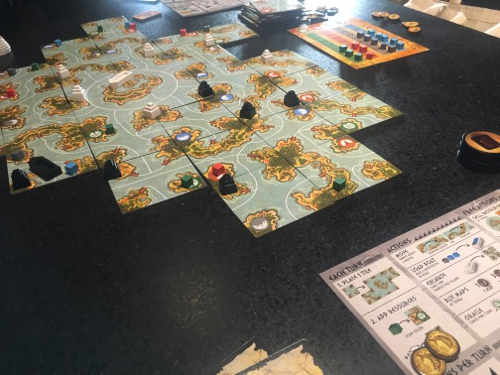
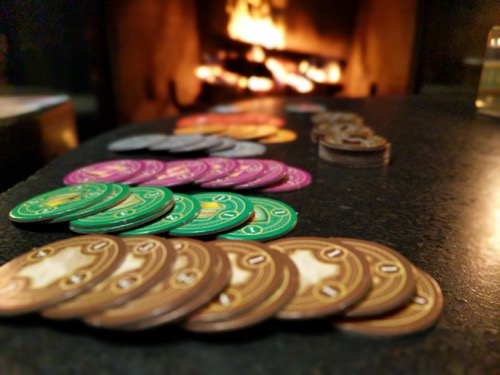

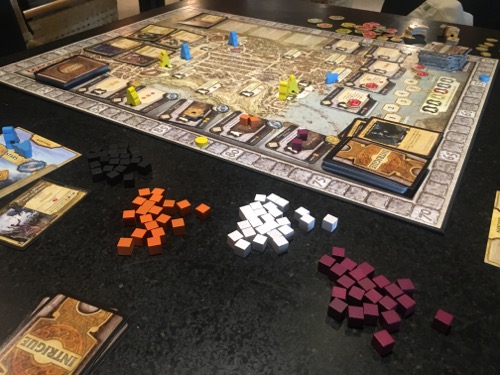
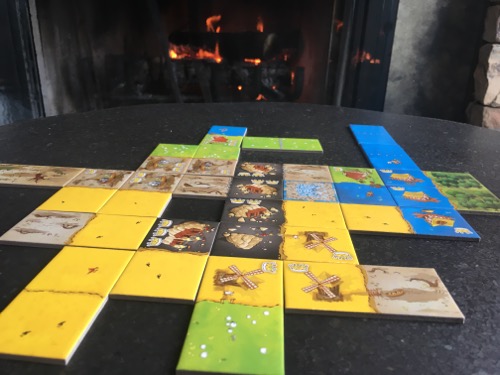
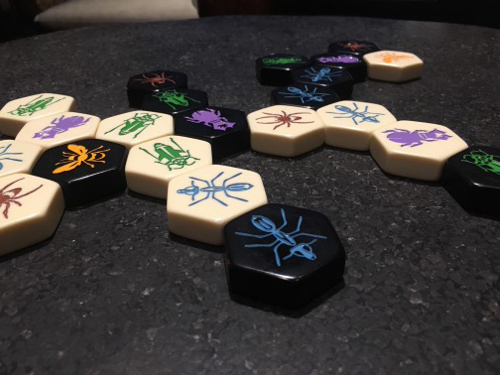
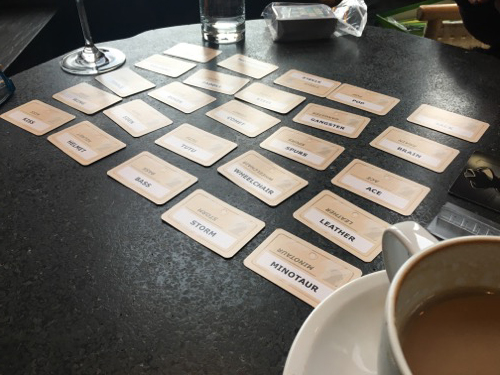



NOTE: This was 2 blug revisions ago…
Welcome to the all new Grumpy Gamer Blog!
It has all of the content from the old blog minus the stupid stuff. I removed a lot of the old posts teasing the lead up to my new games like The Cave, Scurvy and, of course, Thimbleweed Park. They were just noise.
Now that Thimbleweed Park is done and I won’t be blogging there as much, it felt like I needed a new outlet to gripe and complain.
Also, for the most part, I am leaving Twitter.
It’s a hostile crap-filled dumpster-fire of shit. I stopping checking and posting on Twitter a few weeks ago while I was on vacation and I realized how much better my life was. When I got back, I had no real desire to go back, so I haven’t.
And no one has noticed.
Twitter is like an F2P game, they both tap into a horrible part of our lizard brain. F2P games trigger dopamine associated with gambling and the become an addition. You aren’t playing them because you enjoy the game, you’re playing them because you’re addicted. You are just convincing yourself you’re having (true) fun,
Twitter (and social media in general) is the same. You’re addicted to likes, followers, and mentions. People have found the best way to get the proceeding is to post angry shit and enrage people. As we are seeing, this is not good for us as people, or us as a society. I’m tired of it and I’m not going to be a part of it anymore, at least until it (or we) change.
I do worry about staying connected to what is happening in the world of making a game. It seems like Twitter is a good place to do that, but it’s also filled with hype and egos and bitching and probably not the “best way” to stay in touch.
The final straw for quitting Twitter was when I got back from vacation, there was a Twitter thread about Monkey Island being ranking 172 of the best games ever by some big website. My mentioned were filled with people dumping shit on the website and expecting me to jump in. Look… I don’t care. It is of no importance to me where Monkey Island falls on some list. Lists are made by people and people have different opinions.
It just struck me how much pointless anger there was, and worse, they expected me to join in.
I. Just. Don’t. Care. I’m done.
If you are on Twitter and want to know what’s up with Thimbleweed Park (including the new Ransome unbeeped DLC), please follow @thimbleweedpark.
There are no comments on the new Grumpy Gamer blog. I haven’t decided if I’m going to add them or not.
Update: 1) There are comments on the Grumpy Gamer Blog now. 2) New blog posts will be echoed to Twitter, but I won’t be logging on, so I won’t see your replies or likes.
Be skeptical of the advice of successful people, they suffer from deep survivor bias. Hundreds of other people did exactly what they did and failed. Chances are their success has more to do with luck than the advice they are given you.
I guess Monkey Island turns 25 this month. It’s hard to tell.

Unlike today, you didn’t push a button and unleash your game to billions of people. It was a slow process of sending “gold master” floppies off to manufacturing, which was often overseas, then waiting for them to be shipped to stores and the first of the teaming masses to buy the game.
Of course, when that happened, you rarely heard about it. There was no Internet for players to jump onto and talk about the game.
There was CompuServe and Prodigy, but those catered to a very small group of very highly technical people.
Lucasfilm’s process for finalizing and shipping a game consisted of madly testing for several months while we fixed bugs, then 2 weeks before we were to send off the gold masters, the game would go into “lockdown testing”. If any bug was found, there was a discussion with the team and management about if it was worth fixing. “Worth Fixing” consisted of a lot of factors, including how difficult it was to fix and if the fix would likely introduce more bugs.
Also keep in mind that when I made a new build, I didn’t just copy it to the network and let the testers at it, it had to be copied to four or five sets of floppy disk so it could be installed on each tester’s machine. It was a time consuming and dangerous process. It was not uncommon for problems to creep up when I made the masters and have to start the whole process again. It could take several hours to make a new set of five testing disks.
It’s why we didn’t take getting bumped from test lightly.
During the 2nd week of “lockdown testing”, if a bug was found we had to bump the release date. We required that each game had one full week of testing on the build that was going to be released. Bugs found during this last week had to be crazy bad to fix.
When the release candidate passed testing, it would be sent off to manufacturing. Sometimes this was a crazy process. The builds destined for Europe were going to be duplicated in Europe and we needed to get the gold master over there, and if anything slipped there wasn’t enough time to mail them. So, we’d drive down to the airport and find a flight headed to London, go to the gate and ask a passenger if they would mind carry the floppy disks for us and someone would meet them at the gate.
Can you imagine doing that these days? You can’t even get to the gate, let alone find a person that would take a strange package on a flight for you. Different world.
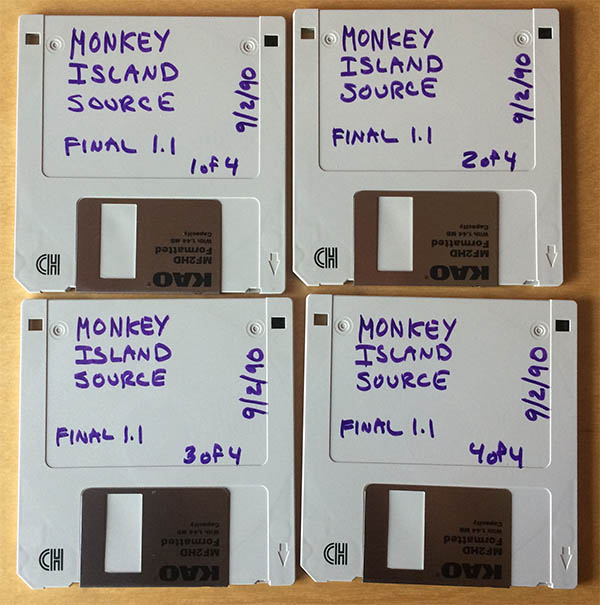
After the gold masters were made, I’d archive all the source code. There was no version control back then, or even network storage, so archiving the source meant copying it to a set of floppy disks.
I made these disk on Sept 2nd, 1990 so the gold masters were sent off within a few days of that. They have a 1.1 version due to Monkey Island being bumped from testing. I don’t remember if it was in the 1st or 2nd week of “lockdown”.
It hard to know when it first appeared in stores. It could have been late September or even October and happened without fanfare. The gold masters were made on the 2nd, so that what I’m calling The Secret of Monkey Island’s birthday.
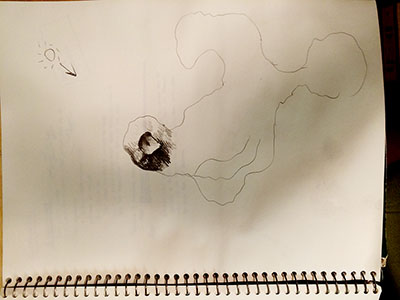
Twenty Five years. That’s a long time.
It amazes me that people still play and love Monkey Island. I never would have believed it back then.
It’s hard for me to understand what Monkey Island means to people. I am always asked why I think it’s been such an enduring and important game. My answer is always “I have no idea.”
I really don’t.
I was very fortunate to have an incredible team. From Dave and Tim to Steve Purcell, Mark Ferrari, an amazing testing department and everyone else who touched the game’s creation. And also a company management structure that knew to leave creative people alone and let them build great things.
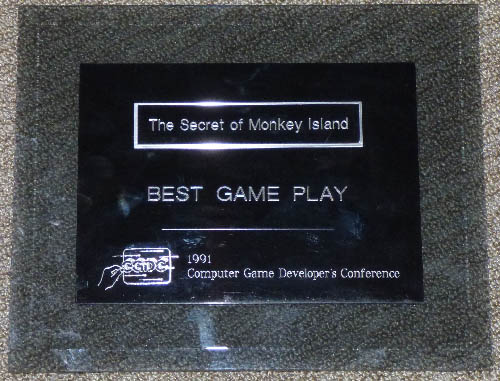
Monkey Island was never a big hit. It sold well, but not nearly as well and anything Sierra released. I started working on Monkey Island II about a month after Monkey Island I went to manufacturing with no idea if the first game was going to do well or completely bomb. I think that was part of my strategy: start working on it before anyone could say “it’s not worth it, let’s go make Star Wars games”.
There are two things in my career that I’m most proud of. Monkey Island is one of them and Humongous Entertainment is the other. They have both touched and influenced a lot of people. People will tell me that they learned english or how to read from playing Monkey Island. People have had Monkey Island weddings. Two people have asked me if it was OK to name their new child Guybrush. One person told me that he and his father fought and never got along, except for when they played Monkey Island together.
It makes me extremely proud and is very humbling.
I don’t know if I will ever get to make another Monkey Island. I always envisioned the game as a trilogy and I really hope I do, but I don’t know if it will ever happen. Monkey Island is now owned by Disney and they haven’t shown any desire to sell me the IP. I don’t know if I could make Monkey Island 3a without complete control over what I was making and the only way to do that is to own it. Disney: Call me.
Maybe someday. Please don’t suggest I do a Kickstarter to get the money, that’s not possible without Disney first agreeing to sell it and they haven’t done that.
Anyway…
Happy Birthday to Monkey Island and a huge thanks to everyone who helped make it great and to everyone who kept it alive for Twenty Five years.
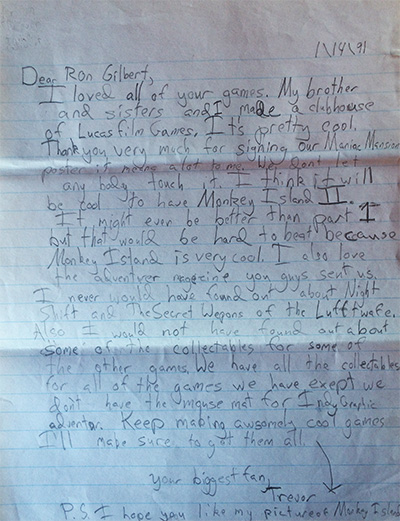
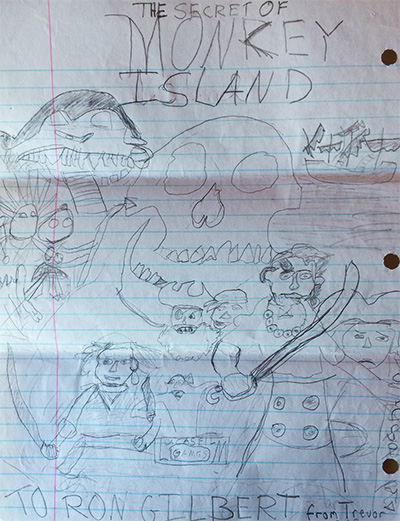

I thought I’d celebrate the occasion by making another point & click adventure, with verbs.
If you’re wondering why it’s so quiet over here at Grumpy Gamer, rest assured, it has nothing to do with me not being grumpy anymore.
The mystery can be solved by heading on over to the Thimbleweed Park Dev Blog and following fun antics of making a game.
This was the first design document I worked on while at Lucasfilm Games. It was just after Koronis Rift finished and I was really hoping I wouldn’t get laid off. When I first joined Lucasfilm, I was a contractor, not an employee. I don’t remember why that was, but I wanted to get hired on full time. I guess I figured I’d show how indispensable I was by helping to churn out game design gold like this.
This is probably one of the first appearances of “Chuck”, who would go on to “Chuck the Plant” fame.
You’ll also notice the abundance of TM’s all over the doc. That joke never gets old. Right?
Many thanks to Aric Wilmunder for saving this document.
Shameless plug to visit the Thimbleweed Park Development Diary.
